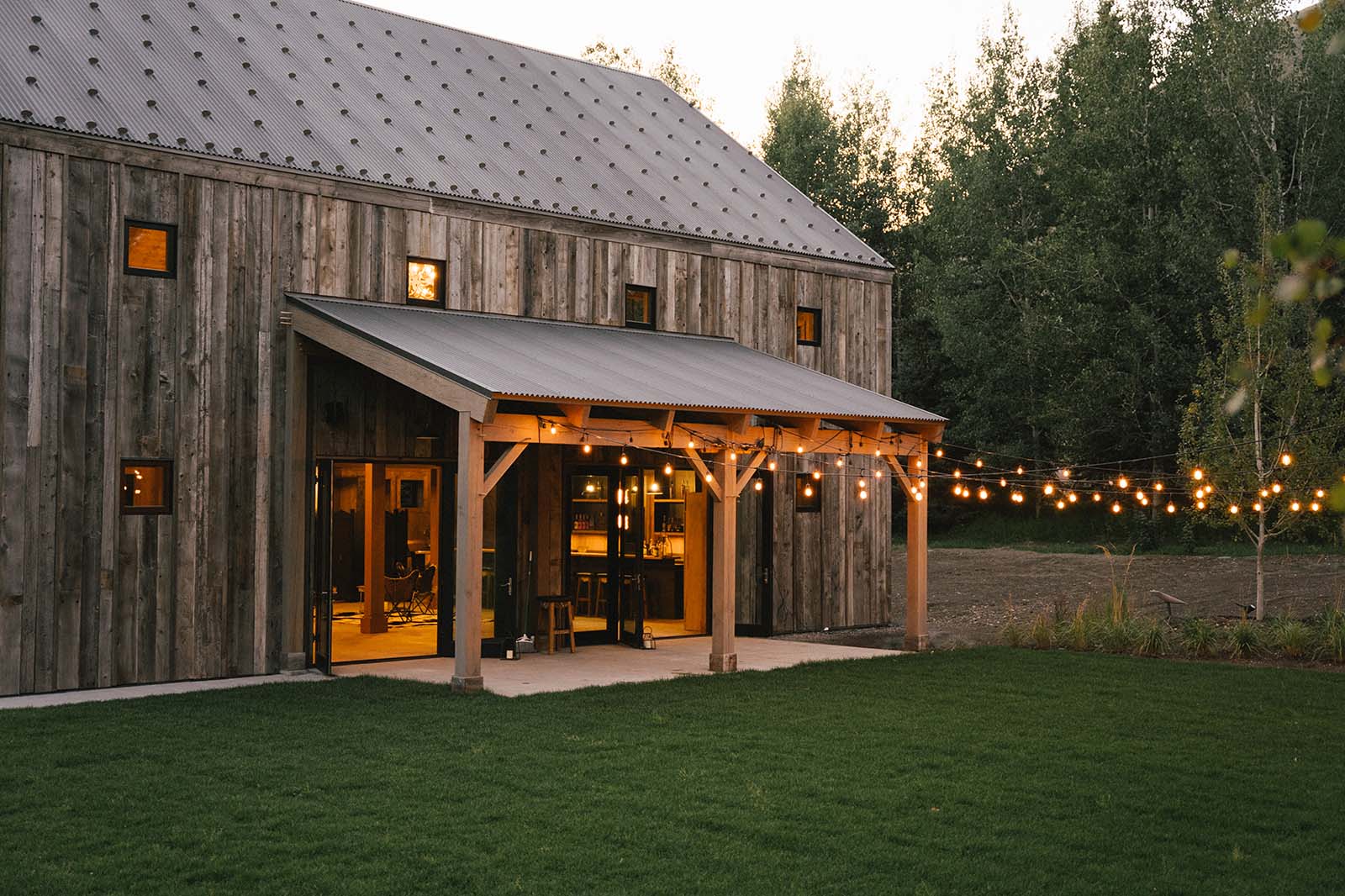Timberpeg owners love taking pictures of their homes, as evidenced by our expansive collection of photos. But while taking photographs of your home can be rewarding, it also presents challenges you don’t find when taking simple snapshots. While modern digital cameras are more forgiving than film cameras of the past, there are still several techniques that will allow you to produce better shots of the interior and exterior of your home. Whether you are looking to take pictures to advertise your home for sale or just share with friends and family, here are some tips for improving your photographs.
Lighting

Professional photographers will tell you that lighting is the most important aspect of photography to get right. Even though entire books have been written on lighting, there are a few simple ideas to keep in mind. Diffuse light is much more flattering than direct light. To get diffuse natural light, it helps to shoot an exterior in overcast conditions and an interior when light is not flowing directly from windows into your shot. Also, moderate shadows are desirable to create a sense of depth in the photo, so shooting in morning or evening is better than midday.
While natural light can create the strongest images, sometimes supplemental light is necessary. Usually, you do not want to light subjects head-on since this washes out textures and causes backgrounds to be underexposed. If you use a flash, bouncing the flash off of the ceiling (or out-of-shot wall) will create a more diffuse and pleasant light. If you have a flash diffuser, this can also help. Using your camera’s built in HDR mode (without flash) can also help create evenly illuminated photos.
Exposure
The most important setting for exposure will be controlling your aperture, also known as the f-stop. With a lower-numbered f-stop, a smaller range of distances from the camera will be in focus. This can be useful if you want to isolate one subject in the shot. If you want more of the room in focus, then a higher-numbered f-stop is required. However, the aperture cannot be too small (high f-stop number) or diffraction will blur the images. Typically, DSLRs produce the best images at f/8 or f/11 and smaller cameras will need even wider apertures. Use your aperture priority mode to control your camera. Since the inside of a home can be dark (for a camera) with just natural light, make sure to use a tripod for longer exposures.
Framing
If you want a room to look normal, it is best to shoot walls straight-on. Angled shots can make for interesting photographs, but you’re probably best starting off with straight-on shots. If there are low-height objects like couches or coffee tables in the foreground, shooting from a lower height avoids the feeling that you are towering over the room. Also, the small space indoors will mean you will likely want to shoot with a wide-angle lens, but make sure you use a non-distorting lens (not a fisheye).

Staging

When arranging furniture for a shoot, try to keep things simple. When looking at a photograph, you will notice every single item in a room and normal spaces can seem cluttered. If you need to, remove items from the room to make a more engrossing shot.
If you’re a Timberpeg owner, feel free to try out these tips on your home and send us the results! If you’re looking to build a photo worthy timber frame home of your own, please contact us today to learn how we can help.

